Your Canvas Awaits
First published in Sanctuary Cub,
Vol. 45
No. 7,
July 2025
Time and again, we have turned to wildlife and its habitat as inspiration. Many influential figures have painted them, sung of them, and written stories in their name. Through their work, they’ve influenced how we see the planet! Text By Rithwik Sundar.
The oldest known figurative cave art – over 51,200 years old – depicts three human-like figures and what appears to be a wild pig. From these early drawings made with earth pigments on stone walls, human expression has transformed across ages and materials: from rock to canvas, from shadows on a wall to stories told using cameras and a silver screen. We’ve always searched for ways to make the fleeting permanent.
Through all these shifts, one subject has remained a constant: the wild.
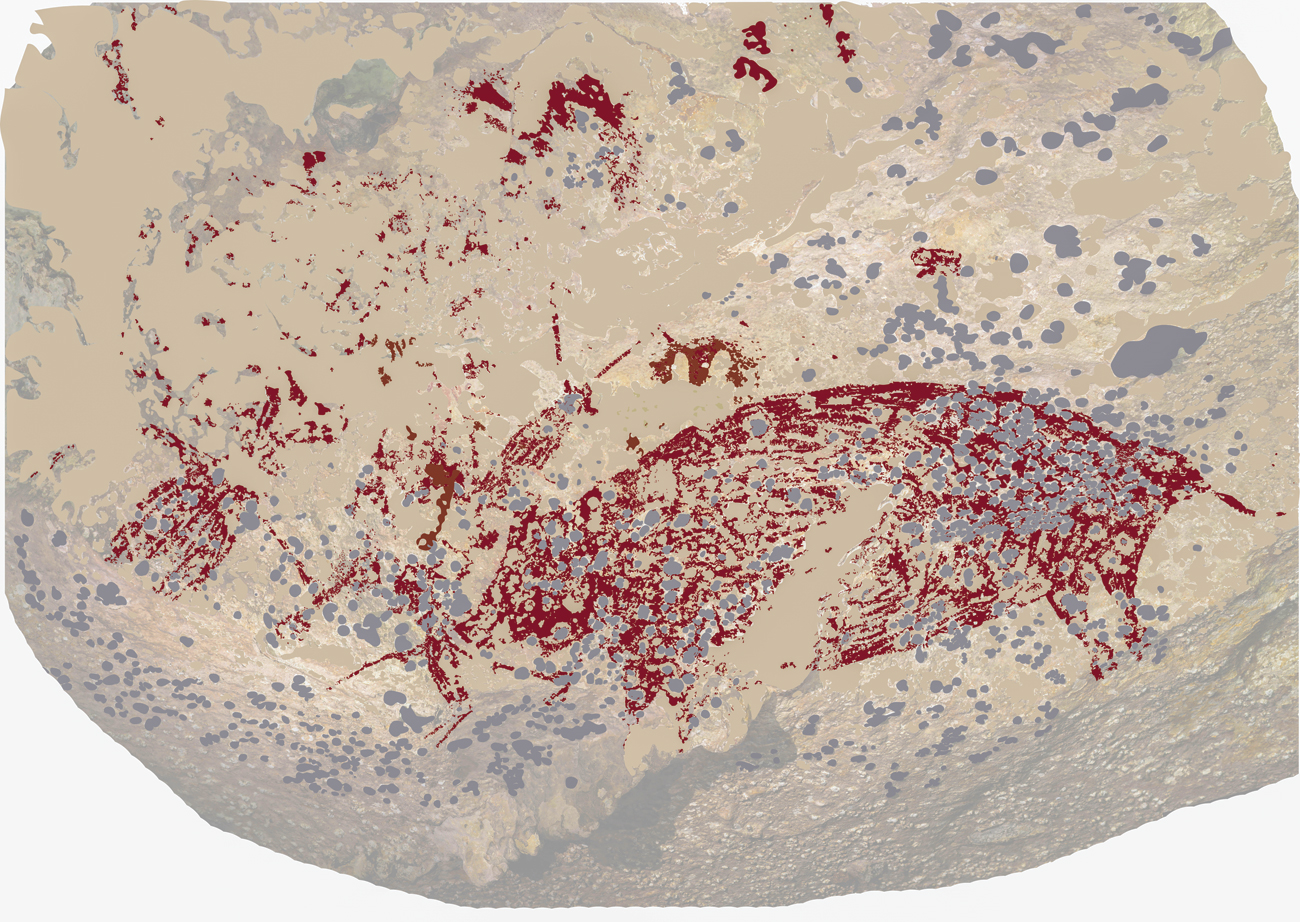
The oldest known figurative cave art – over 51,200 years old – depicts three human-like figures and what appears to be a wild pig. Photo: Griffith University.
Avian Art
Long before cameras, people documented birds through detailed illustrations. In North America, one of the most well-known figures in this tradition was John James Audubon, an American naturalist, artist, and writer born in 1785. Between 1827 and 1839, he published The Birds of America, featuring 435 life-sized watercolour portraits of North American birds. Audubon observed birds in the wild and created remarkably lifelike drawings from specimens he collected himself, documenting nearly 500 species and discovering several new ones. Meanwhile, in India, English artist and naturalist Elizabeth Gwillim (1763 - 1807) was painting with equal dedication. Living in Madras from 1801 to 1807, she created about 200 watercolours of Indian birds – roughly two decades before Audubon’s work. Uniquely, she painted live birds in their natural habitats without collecting specimens, and her illustrations are now praised for their accuracy and naturalism. Today, Sudarshan Shaw, a talented artist and conservationist, is revolutionising wildlife art with his unique FolkIndica style, blending India’s rich visual and folk art traditions with his passion
for wildlife.
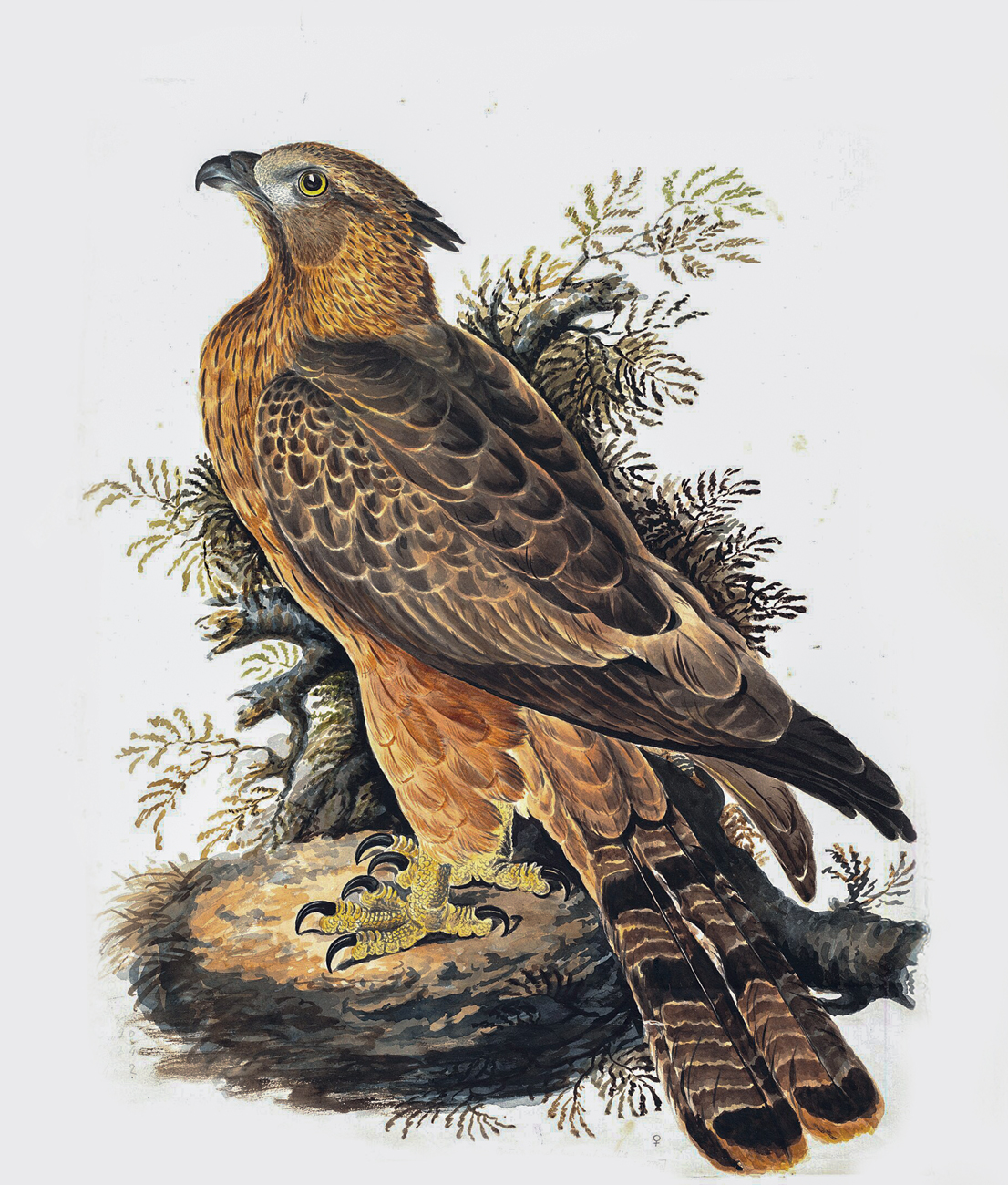
Oriental Honey Buzzard artwork by Elizabeth Gwillim. Photo: Public domain/Lady Elizabeth Gwillim.
Big Screen
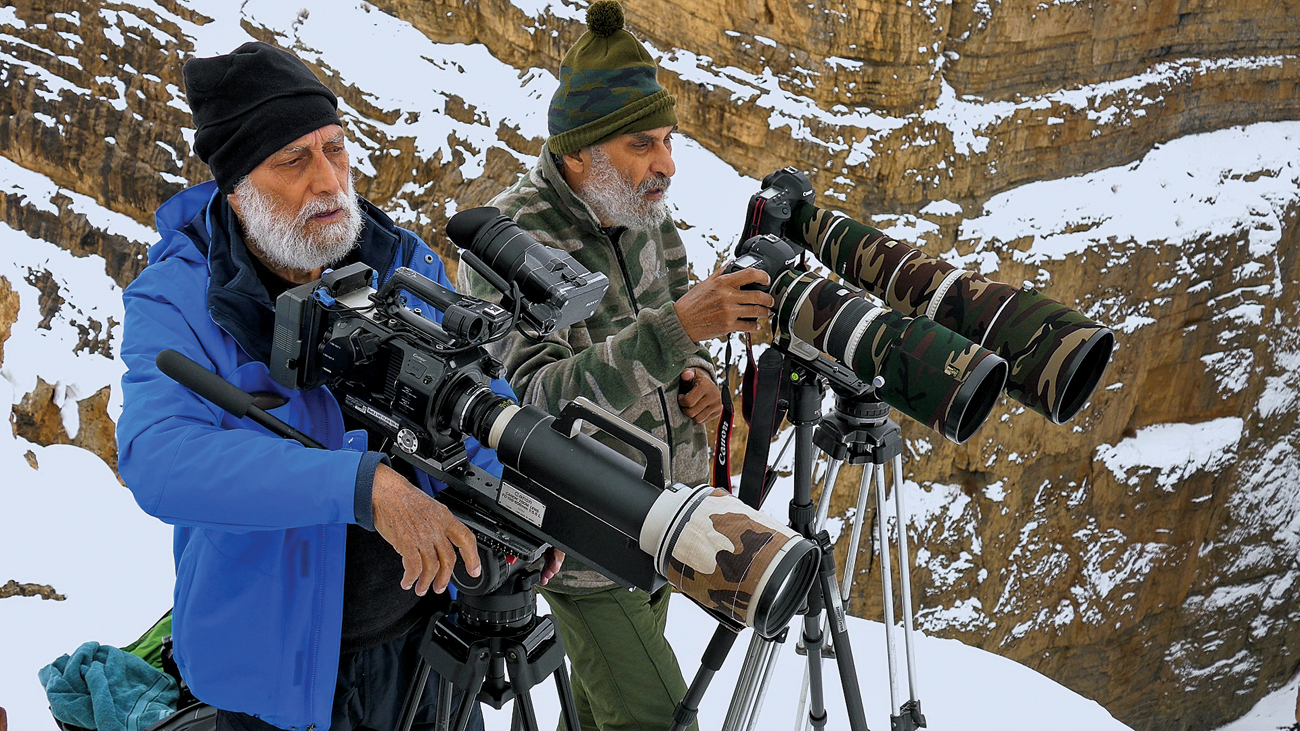
The Bedi Brothers brought Indian wildlife into the mainstream through documentaries. Photo Courtesy: Naresh Bedi.
Most of us owe our awareness of distant creatures such as piranhas in the Amazon and penguins in the Antarctic to filmmaking. Films and documentaries have brought these secret wild worlds into our homes. In India, Naresh and Rajesh Bedi, popularly known as the Bedi Brothers, were the pioneers in wildlife filmmaking. They have spent over four decades documenting India’s rich fauna through their internationally acclaimed documentaries and photography. The Bedi brothers braved consecutive harsh winters in the high altitudes of Ladakh to capture the elusive beauty of snow leopards and share it with the world. Wildlife documentaries continue to be a tool for conservation awareness. Akanksha Sood, a notable wildlife filmmaker of our times, directed ‘On the Brink’, a series documenting and raising awareness for lesser-known endangered species in the Indian wild. Film festivals such as the All Living Things Environmental Film Festival also play a vital role in inspiring storytellers to create films about nature.
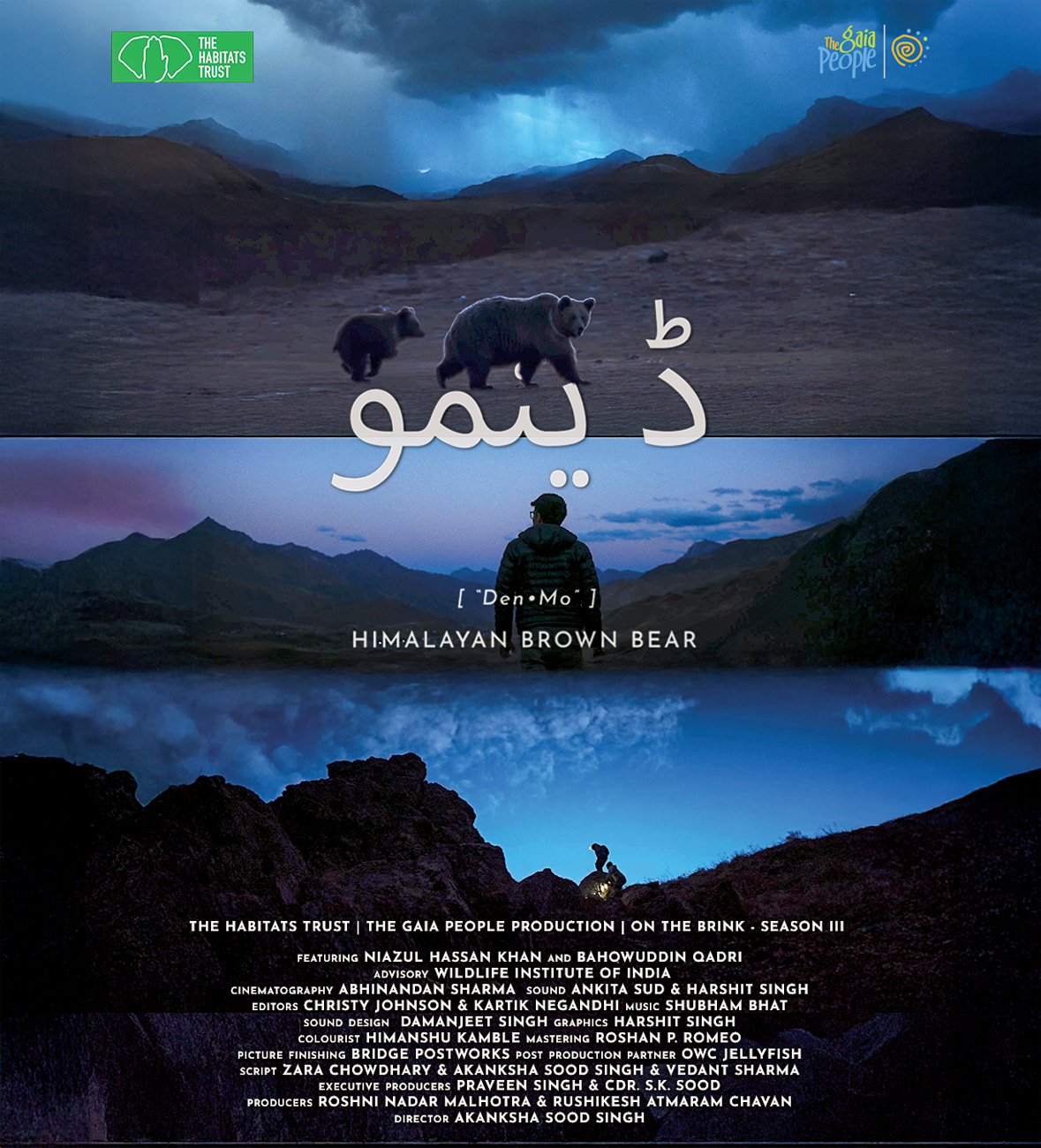
Movie poster for Himalayan Brown Bear, directed by Akanksha Sood Singh. Photo Courtesy: Akanksha Sood Singh.
Picture This!
~ The earliest known photo of a living animal is likely a cow, captured in 1842 in Rome.
~ The first possible wildlife photograph was a bird’s nest with eggs, captured by brothers Richard and Cherry Kearton.
~ In 2024, the Wildlife Photographer of the Year competition drew nearly 60,000 global entries from 117 countries and territories.
Moving Words
Poetry and prose have stirred countless hearts, inspiring people to protect our planet. Mary Oliver, a celebrated American writer, beautifully explored nature, the way all life is connected, and our deep bond with the natural world. She often wrote about plants and animals, encouraging readers to simply “get outside”. Her work also bravely faced the sad truth of nature’s destruction. Just as Oliver illuminated nature through poetry, India had
M. Krishnan, a naturalist, photographer, and writer, who wrote exceptional wildlife prose. His blend of dry humour and unmatched observation skill was evident in his popular newspaper column. His witty anecdotes and intellect inspired a generation of conservationists. You might be interested to know that Sanctuary, this very magazine, published the naturalist’s article way back in its early days, in 1982!
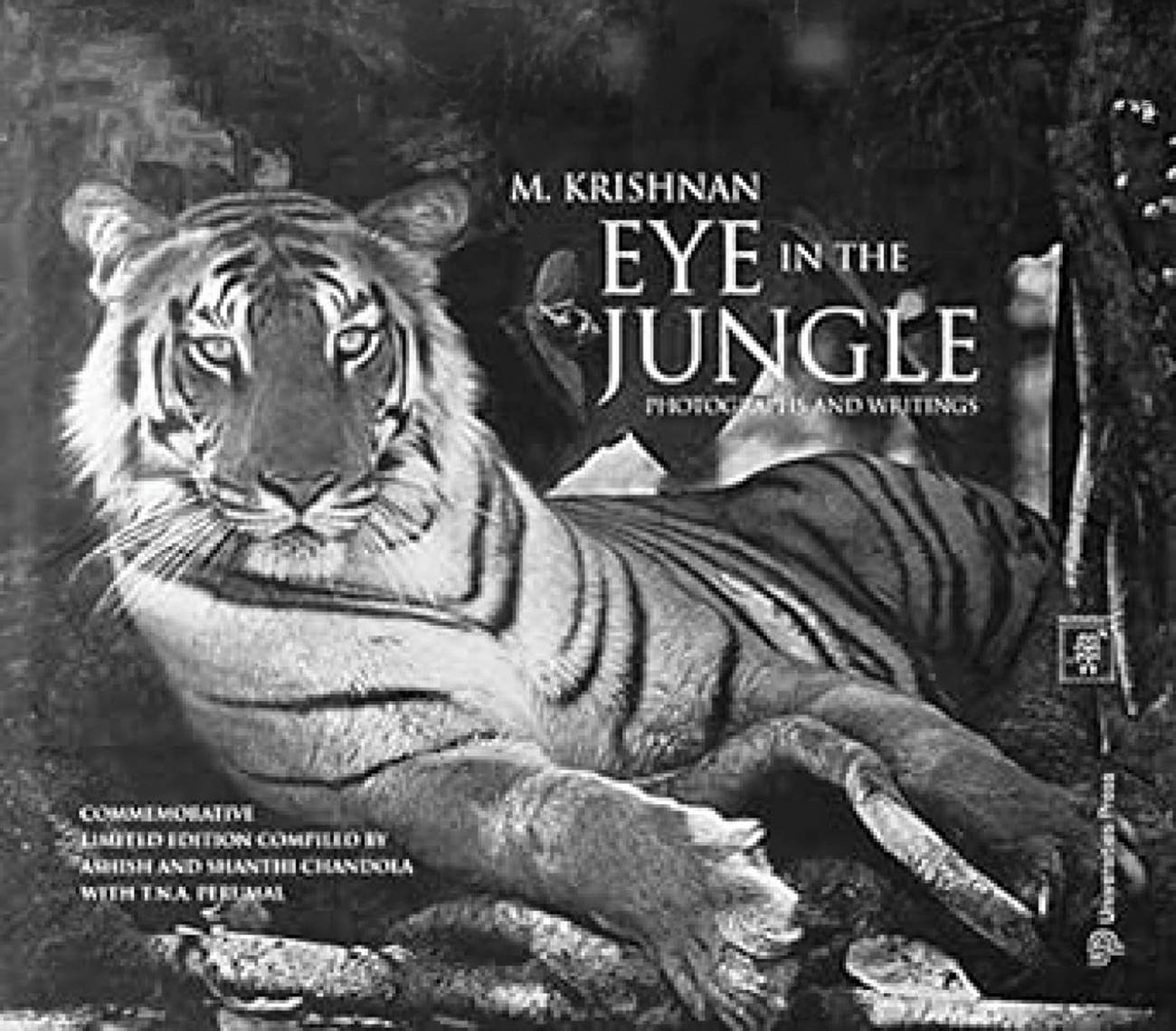
M. Krishnan was a prolific writer, having written nine books in his career. Photo: M. Krishnan.
For over four decades, Sanctuary has published moving stories by India’s conservationists, sparking generations to take action. We hope these words continue to inspire future nature guardians – especially you!
Rithwik Sundar, an Assistant Editor at Sanctuary Asia, is a birdwatcher, writer, and wildlife explorer. Most days, he is planning his next adventure into the wild or delving into archival bird records.






